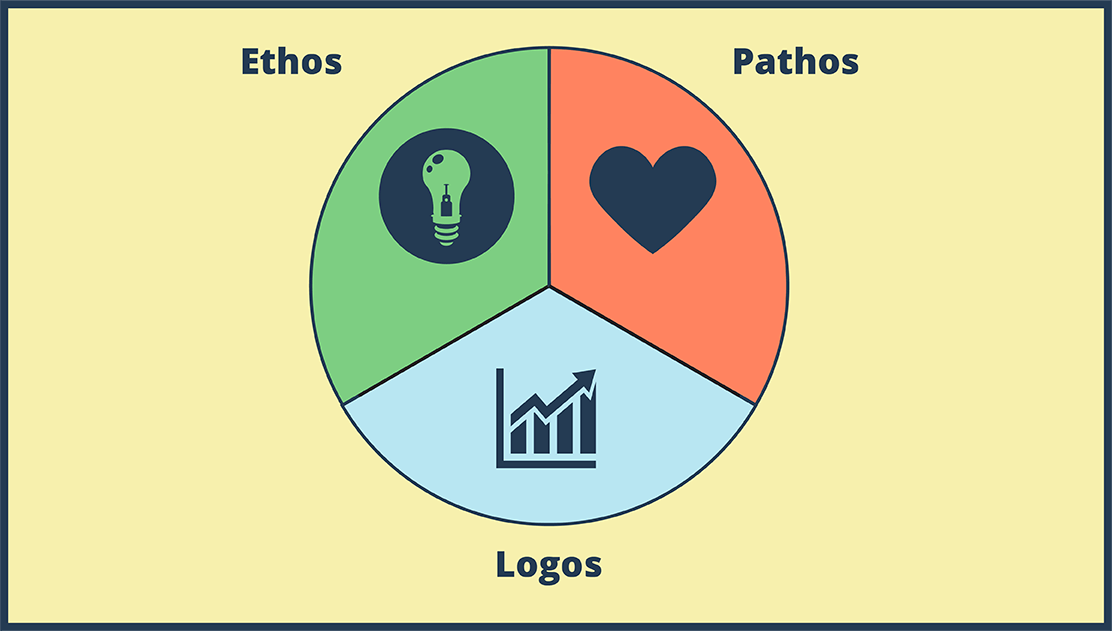Buddhism Facts

È possibile trovare questo storyboard nei seguenti articoli e risorse:

Insegnare le Religioni del Mondo
Di Liane Hicks
L'insegnamento delle varie religioni del mondo è una componente vitale per lo studio della storia, della geografia e della cultura del mondo. Lo studio della religione è un modo potente per gli studenti di saperne di più sulla storia del mondo e sui sistemi di credenze che hanno influenzato la cultura umana per millenni.
'
Dai un'occhiata ad alcuni dei nostri altri articoli educativi!
Storyboard Descrizione
Have students describe and illustrate different facts about Buddhism. They can answer the following questions: Where did the religion originate?: Who were its founders?: When did it begin?; What are some of the core beliefs?; What are some examples of sacred objects or symbols?: How do its followers worship / houses of worship; Who are its spiritual leaders?, etc.
Testo Storyboard
- POPULATION TODAY
- Over 500 Million Followers
- Ancient India / Lumbini Province, Nepal
- PLACE OF ORIGIN
- YEARS IT BEGAN
- 6th Century BCE
- SPIRITUAL LEADERS
- All over the world but mainly in East and Southeast Asia
- Buddhists represent about 7% of the world's population. People practice Buddhism throughout the world but most are located in east and southeast Asia in China, Nepal, India, Sri Lanka, Myanmar, Cambodia, Laos, Thailand, Korea, and Japan.
- Buddhism was founded by Siddhartha Gautama, who was a Hindu prince born in the Lumbini Province near the Himalayan mountains in Ancient India, modern day Nepal.
- Siddhartha Gautama was born circa 623 BCE. He traveled throughout India teaching his ideas about inner peace and how to end suffering. He is known as the Buddha. In the 3rd century B.C., Ashoka the Great, the Mauryan Indian emperor, made Buddhism the state religion of India. While Buddhism in India eventually declined, over the next few centuries, Buddhism spread beyond India to much of east and southeast Asia.
- FOUNDERS
- There are different sects of Buddhism, the Dalai Lama is the spiritual leader of the Tibetan Buddhists. Other Buddhist leaders include monks, who are usually men, and nuns, who are women.
- HOUSES OF WORSHIP
- FACTS ABOUTBUDDHISM
- SYMBOLS OBJECTS
- BELIEFS
- Right Concentration
- The Eightfold Path
- Right Understanding
- Right Thought
- Siddhartha was a Hindu prince. Upon discovering sickness, old age, and death outside the palace walls, he left his privileged life to meditate and seek an answer to the root causes of human suffering. Heachieved enlightenment at the age of 35 after meditating for several days under what is known as the Bodhi tree and became the Buddha. He taught his followers that the way to Nirvana was by following the Four Noble Truths and the Eightfold path.
- A Buddhist temple or monastery is a place of worship for Buddhists. They include a vihara, chaitya, wat, pagoda, and stupa.Stupas aredome-shaped structures erected as Buddhist shrines. They containrelics, typically the ashes of Buddhist monks, and are used by Buddhists as a place of meditation.
- Mala are prayer beads used in Buddhism and other religions.Prayer wheels contain a tightly scrolled paper of a mantra or prayers. When spun, the prayers sent out multiply. Other sacred objects are prayer bells, conch shells, singing bowls, statues of the Buddha, and the Om which representsthe ultimate reality, consciousness, or Atman.
- The Buddha taught Four Noble Truths: 1) All life involves suffering; 2) Selfish desires are a cause of suffering;3) People can end their suffering by giving up selfish desires and reach Nirvana; 4) Following the Eightfold Path will help one to reach Nirvana.Buddhists also believe inreincarnation. People arereborn after dying and go through cycles of birth, living, death, andrebirth.They believe that one should do no harm to any living thing.
- Right Mindfulness
- Right Effort
- Right Livelihood
- Right Action
- Right Speech
Oltre 30 milioni di storyboard creati




